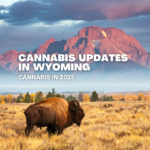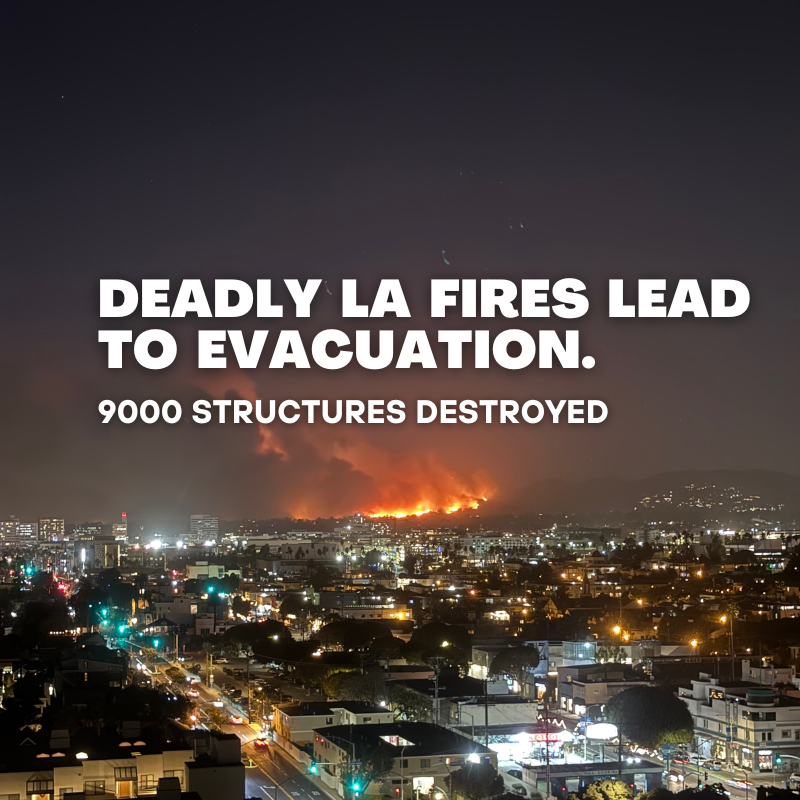Understanding California Wildfires: Causes and Impact
California wildfires are an annual disaster that devastates communities, wildlife, and natural landscapes. The increasing frequency and severity of these fires have raised urgent concerns about climate change, land management, and public safety. In this post, we’ll explore the causes of California wildfires, the environmental and economic impact, and how you can help prevent wildfires and support recovery efforts.
What Are California Wildfires?
California wildfires are uncontrolled fires that rapidly spread through natural landscapes, fueled by dry vegetation, intense heat, and strong winds. Wildfires in California are becoming more common due to a combination of natural and human factors. These fires destroy homes, burn large areas of forest, and create hazardous air quality conditions for millions of people.
What Causes Wildfires in California?
Several key factors contribute to the increasing number of wildfires in California. Understanding the causes is crucial for both prevention and effective response.
1. Climate Change and Rising Temperatures
Climate change is one of the biggest contributors to California’s wildfires. Rising temperatures and longer dry seasons have created perfect conditions for wildfires to ignite and spread. Hotter, drier conditions dry out vegetation, turning it into fuel for fires.
2. Drought and Dry Vegetation
California is often in a state of drought, which exacerbates the risk of wildfires. Dry grass, trees, and shrubs provide ample fuel, causing wildfires to spread more quickly.
3. Human Activity and Urban Expansion
Human-caused wildfires, including those sparked by faulty power lines, discarded cigarettes, or abandoned campfires, make up the majority of California’s wildfires. As urban areas expand into fire-prone zones, more homes and infrastructure are at risk.
4. Lightning Strikes
Although less common than human-caused fires, lightning strikes can also ignite wildfires, especially in remote or wilderness areas where dry conditions prevail.
Impact of California Wildfires
The effects of wildfires extend far beyond the immediate destruction of property. Wildfires cause long-term damage to ecosystems, human health, and local economies.
1. Loss of Life and Property
California’s wildfires often force thousands of residents to evacuate, resulting in tragic losses of homes and livelihoods. Rebuilding can take years, and many families face permanent displacement.
2. Environmental Damage
Wildfires destroy vital habitats for wildlife and can alter landscapes for generations. Forests, wetlands, and grasslands take years to recover after being scorched by flames. In addition, fire burns crucial carbon-storing vegetation, releasing harmful greenhouse gases into the atmosphere.
3. Air Quality and Health Risks
Wildfire smoke can travel for miles, affecting air quality and posing serious health risks to vulnerable populations. The pollutants from smoke can aggravate respiratory issues, heart disease, and other health conditions, particularly for children and the elderly.
4. Economic Impact
The financial burden of wildfires is enormous. From firefighting costs to recovery and rebuilding efforts, wildfires drain state and local resources. Agriculture, tourism, and real estate industries also suffer significant losses, particularly in areas heavily impacted by fire.
How Can We Prevent Wildfires and Help Those Affected?
While wildfires are often unpredictable, there are steps individuals, communities, and governments can take to reduce the risk of wildfires and provide support during and after a disaster.
1. Fire Prevention: Protect Your Home and Community
- Create Defensible Space: Clear away dead vegetation, leaves, and brush around your home. Create a defensible space (a buffer zone) to help protect your property from wildfires.
- Fire-Resistant Materials: If you live in a wildfire-prone area, use fire-resistant roofing, siding, and other building materials that can withstand extreme heat.
- Fire Safety Education: Educate your community about fire safety. Avoid outdoor burning, ensure campfires are properly extinguished, and adhere to local fire restrictions.
2. Reduce Your Carbon Footprint
- Fight Climate Change: Addressing the root cause of increasing wildfires is crucial. Reducing your carbon footprint by using renewable energy, driving less, and supporting clean energy initiatives helps mitigate the effects of climate change.
- Support Reforestation Projects: Participate in or donate to reforestation programs. Replanting trees in areas impacted by wildfires helps restore ecosystems and reduce the overall carbon emissions from wildfires.
3. Donate and Volunteer
- Support Fire Relief Organizations: Donate to groups providing emergency relief to wildfire victims, such as the American Red Cross and California Fire Foundation. These organizations offer immediate help, including food, shelter, and medical assistance.
- Volunteer for Wildfire Recovery: Volunteer with local organizations and fire recovery efforts. From helping clean up debris to providing emotional support to affected families, there are numerous ways to lend a hand.
4. Advocate for Firefighting Resources
- Increase Firefighting Budgets: Advocate for additional funding and resources for firefighting services. California’s fire departments often face budget shortages, which can hinder their ability to fight massive fires.
- Support Fire Prevention Programs: Support policies that prioritize fire prevention, such as controlled burns, vegetation management, and better land-use planning in fire-prone areas.
5. Be Prepared
- Create an Emergency Kit: Keep an emergency supply kit with essential items like water, food, medications, first aid supplies, and important documents. Being prepared ensures a faster evacuation in case of a wildfire.
- Evacuation Plans: Make sure you and your family are familiar with local evacuation routes and emergency shelters. Stay informed through local authorities and emergency broadcasts during wildfire seasons.
Conclusion: Addressing the California Wildfire Crisis
The rise of California wildfires is a complex issue fueled by climate change, human activity, and environmental factors. While the devastation caused by wildfires is undeniable, steps can be taken to reduce the risk, protect communities, and aid in recovery. From fire prevention strategies to supporting victims and advocating for policy change, we all have a role to play in minimizing the impact of wildfires.
Together, we can build a more resilient future for California and take actionable steps to help prevent these catastrophic events. Stay safe, stay informed, and act today to make a difference tomorrow.
Picture Source: Reliable Solutions







